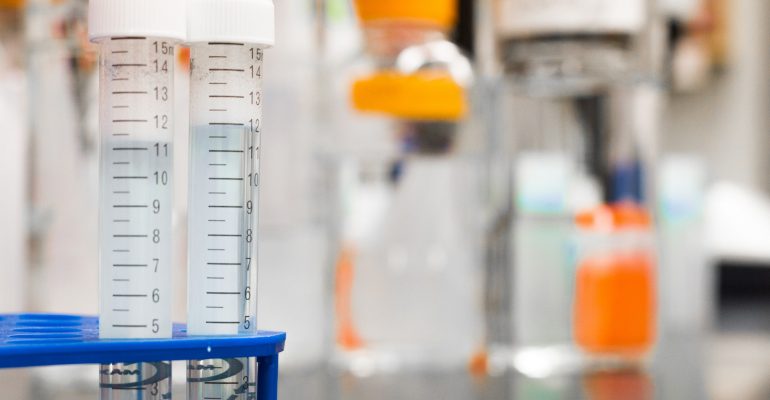Lab Testing Quality Control Best Practices

Lab Testing Quality Control Best Practices
It is easy to understand why quality control is key to lab testing. An inaccurate result can prevent a patient from getting the care they need. Alternatively, it may lead to undue stress for a patient who was given the wrong diagnosis. An inaccurate test result hurts more than just the patient. It can also damage the reputation of a lab. This, in turn, costs the trust of patients and medical professionals.
To ensure that lab testing has the right quality control measures in place, there are four aspects of quality control in labs that are important to know. From understanding the consequences of poor testing quality control to external and internal controls to sensitivity pressure tests to daily control runs. These tips can help unlock quality control testing that can help labs do their best for patients and clinicians.
The Consequences of Poor Testing Quality Control
While many lab managers understand the importance of updating test quality control, often the costs involved can seem too steep. Budgets must be adhered to, but it is just as important to calculate the cost of quality control failure. By not adopting higher standards, a lab may actually be paying a higher price. When working out the costs of updating quality control consider the following factors:
- Failed runs – The easiest cost to calculate when it comes to poor quality control is failed runs. Doing a test over will lead to twice the cost. This is why it is important to know what the failure rate is for the lab so that these costs can be measured against the expense of updating quality control.
- Troubleshooting – Another cost that needs to be calculated is the price of equipment downtime. Instrument failures require some troubleshooting, which can be a resource drain on both personnel and equipment. There are also times when troubleshooting is more complex. This leads to expensive outsourcing of testing while the equipment is being repaired. These costs add up quickly. It is important to consider whether further quality control could help prevent these scenarios.
- Failed proficiency testing – Labs do not need an updated quality control system, but they do need to be involved in a proficiency testing program. A healthy quality control procedure can help a lab prepare for this type of testing. Failure of proficiency testing will come with an additional cost for investigation and corrective measures. Moreover, some scenarios of failed proficiency testing can lead to a loss of lab certification.
- Inaccurate results – A patient’s health and a lab’s reputation can both be at risk when inaccurate test results are reported. This is one of the main reasons that labs need to update their quality control measures.
Materials needed for updating quality control can be expensive, but it is important to compare the price with the cost of poor quality control for labs.
External and Internal Controls
One of the quickest ways to improve testing quality control is by adding external, third-party controls to daily testing. Unfortunately, many labs consider the internal controls that are provided in manufacturers’ assay kits are all they need for quality control. Yet, internal controls alone do not always offer an accurate assessment of performance. This is because the internal controls are made with the same materials as assay calibrators. Moreover, they are mass-manufactured and go through several lot changes. This makes them ineffective for quality control as they are not always able to detect performance issues that cause inaccurate test results.
To compensate for these drawbacks, using internal and external controls can give a lab a more accurate picture.
Assay Sensitivity Pressure Tests
Assay’s often sure failure at the limit of detection. This is where the true sensitivity of an assay can be tested. This point is also where performance failures can have the most detrimental outcomes. This is near the clinical decision point.quality control
Test kits often come with internal controls that mimic strong positive samples. These, however, do not come close to the clinical decision point. This is where the benefit of having third-party control can be truly seen. Most of these test samples are designed to be weak, which makes them ideal to uncover performance problems at lower limits of detection.
Run Daily Controls
While most lab managers understand that daily quality control testing is important, it is also best to run external controls each day. Depending on the lab, some managers may call for running controls with each shift change. Moreover, if there have been performance problems with an assay, it is best to run more control tests on it regularly.
Quality control is an essential element of control lab testing. The cost of updating quality control measures should always be weighed against the price of poor quality control. Failed runs, poor proficiency testing, or inaccurate reporting are just some of the costs of not updating testing quality control. By considering these costs, running internal and external controls daily, and being aware of assay sensitivity pressure tests labs can improve their testing quality control.
